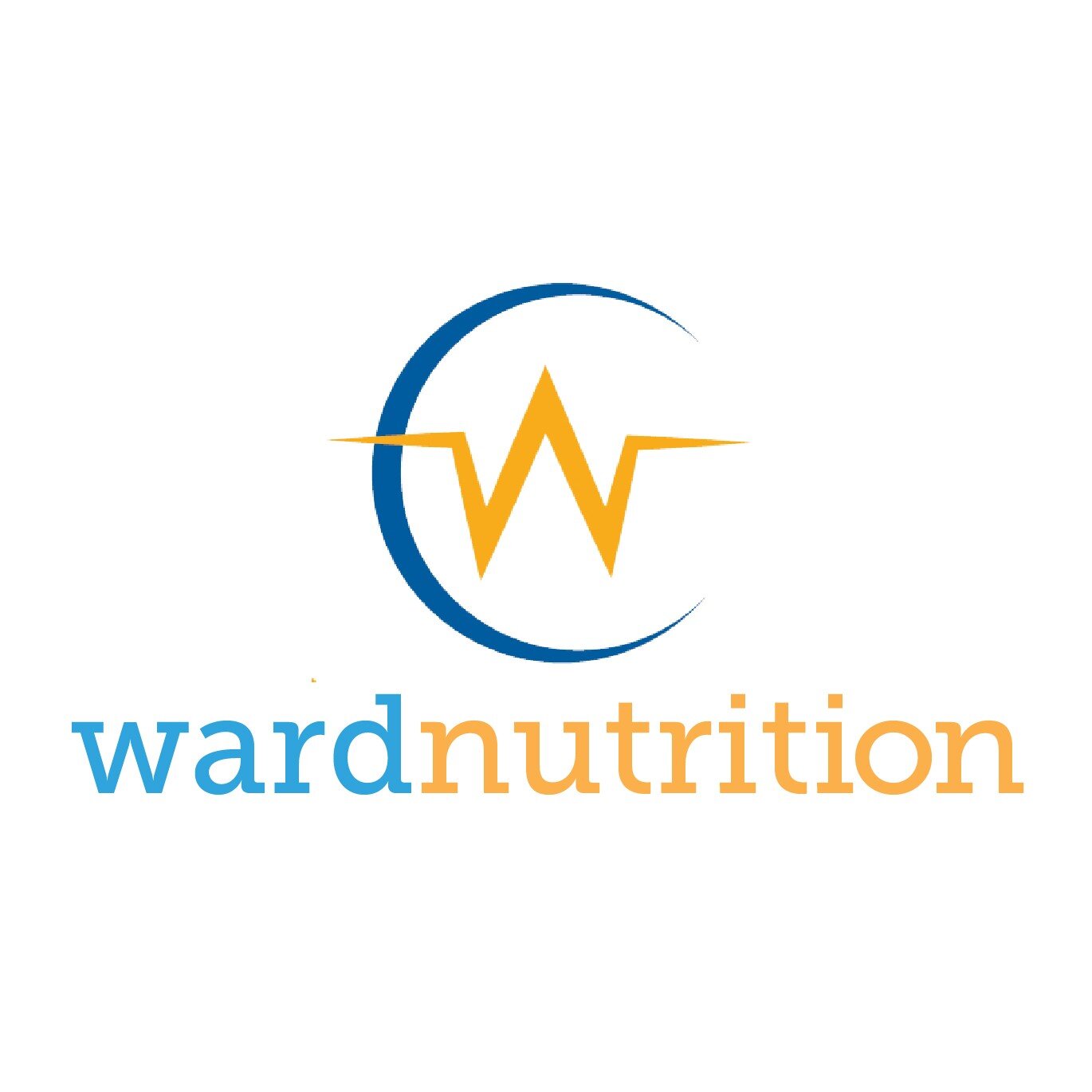How Much Sugar is in Our Food??
Recommendations on sugar intake
The World Health Organisation recommends both adults and children to reduce their intake of free sugars in the diet to less than 10% of their total dietary energy (this is the total kilojules or calories you consume in a day). Even further a reduction of intake to less than 5% of total dietary energy is ideal… for the average adult this is no more than 6 teaspoons of added sugar per day. This is due to concerns that free sugars contribute extra calories to the diet and can often replace intake of nutrient dense foods. Having too many foods and drinks with added sugars can contribute to an unhealthy diet, weight gain and increased risk of chronic diseases such as diabetes, cancer and heart disease and may also cause tooth decay.
With the range of packaged and processed food products available to us on the supermarket shelves these days it is hard to know just where these sugars are creeping in! So we want to teach you how to read a food label like a pro and equip you with some extra tricks to have up your sleeve to help reduce your daily intake of added sugars.
Natural VS Added Sugars
‘Free sugars’ are those sugars added to a food by the manufacturer, cook, or consumer as well as sugars found naturally in honey, syrups, fruit juices and fruit concentrates. These sugars are often added to processed foods to increase palatability and often leave us wanting more. For example sweet biscuits, cakes, soft drinks, fruit juices, lollies and chocolates contain lots of added sugars. These foods are often calorie dense and do not contribute many other essential nutrients to the diet.
Natural Sugars – there are natural sugars found in whole foods that are beneficial for our health and do not need to be reduced this includes natural sugars found in whole fruits and dairy. These foods have naturally occurring sugars and contribute valuable nutrients such as fibre, vitamins and minerals to the diet therefore are an essential part of a healthy diet.
How to spot the Added Sugars
Look at your food labels and get to know what is in them. Generally if sugar appears as one of the first three ingredients on the label it probably has quite a lot of added sugar. Sugar can also be disguised by many other terms on a food label so here are some ones to look out for…
· Sugar – brown sugar, raw sugar, coconut sugar, invert sugar
· Syrup - e.g. brown rice syrup, malt syrup, agave syrup, maple syrup, golden syrup.
· Sucrose
· Malt, barley malt
· Molasses
· Honey
· Sugars ending in '-ose' e.g. glucose, fructose, sucrose, dextrose and maltose
· High fructose corn syrup (this is not often used in Australia)
· Fruit juice concentrates
When reading a food label we want to look for products with less than 15g per 100g. See image below for where to look out for this number on your labels.
However, if the product you are looking at contains fruit listed in the first 3 ingredients it is acceptable to choose products with less than 20g per 100g – as fruits will contribute some natural sugars.
Exactly how much sugar is in our foods?
We’ve broken down some common foods consumed by Austrlian’s and had a look at how much sugar they contain… you may be surprised where these creep in! Check out the Sugar By Half Calculator to find out more… (https://www.sugarbyhalf.com/calculator)
· 600mL bottle of soft drink = 16 teaspoons of sugar
· Sugary breakfast cereal = 4 teaspoons of sugar
· 160g muffin = 8 teaspoons of sugar
· 1 cup of fruit juice = 5 teaspoons of sugar
· 600mL bottle of sports drink = 9 teaspoons sugar
For optimal health we want to aim to limit these sugars to no more than 6 teaspoons per day!
Tips to reduce added sugars in your diet
· Choose less processed breakfast cereals for example rolled oats, WeetBix, Special K, unsweetened mueslis or even try make your own!
· Swap the sweet biscuits for whole grain crackers with dips, cheese or nut butters.
· Bake your own muffins, biscuits and muesli bars and use fruits such as mashed banana or stewed apples for that natural sweetness.
· Swap out soft drinks for sugar free varieties or even better soda or sparkling water with your own natural flavours… like fresh lemon, lime or sliced oranges.
· Think if you really need that sports drink before your workout or can you get your extra carbohydrate from a banana?
· Theres nothing better the natural sweetness you can get from a fresh piece of fruit – think mangoes, berries, pineapples, watermelon or a nice crispy & juicy pink lady apple…. Yum!
· Try reducing or opting out of that extra sugar in your morning coffee.
· Swap out sweetened yoghurts for plain, natural or greek yoghurts or those flavoured with natural fruits.
· If your someone who gets those 3pm sugar cravings… Make sure you are having regular meals throughout the day with good quality low GI carbohydrates to prevent that energy dip in the first place!
References:
Guideline: Sugars intake for adults and children. Geneva: World Health Organization; 2015.
Eat for Health: www.eatforhealth.gov.au/eating-well/how-understand-food-labels
Sugar Calculator: https://www.sugarbyhalf.com/calculator
